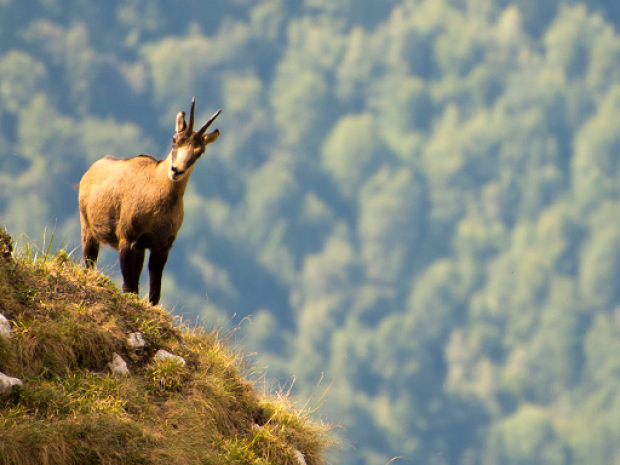Europe’s old-growth forests need young ideas
Discussion details

Rich in biodiversity and wildlife, the Carpathian Mountains support the most precious natural forests in Europe. Not only do their old-growth forests harbour a large diversity of species, they also sequester great amounts of carbon – minimising the impacts of climate change and making their protection incredibly valuable.
Romania – known for its abundance of old-growth forests, which support the biggest populations of Brown Bear, Gray Wolf and Lynx in the Europe – experienced a 1.3% reduction of forest cover over the years 2000 to 2010. Remarkably, in 2007 it was recorded that 72% of Romania’s old-forest disturbances were in protected areas, highlighting the need for more effective management strategies in the region.
Determined to change this, the Carpathian Convention’s meeting on Sustainable Forest Management will take place on 26 - 27 September in Brasov, Romania.
The primary aim of the meeting is to establish a Carpathian inventory of old-growth or ‘virgin’ forests, so that conservation efforts can be maximised in those areas. There will also be a discussion on the recent application of the Sustainable Forest Management Protocol, where ideas can be shared on successful management practices.
The Carpathian Convention, administered by UN Environment, is made up of seven parties that facilitate a dialogue between all stakeholders involved in the Carpathian region, including: community groups, NGOs, governments, the European Union and the United Nations. These institutions work together to protect areas of high biodiversity in Carpathian forests.
Old-growth forests are those which have reached a great age without experiencing major levels of disturbances such as fires or logging, and hold enormous ecological importance.
Find more information on the Carpathian Convention here or contact harald.egerer@unvienna.org / isabelle.valentiny@unep.org for updates on next week's meeting.
Log in with your EU Login account to post or comment on the platform.